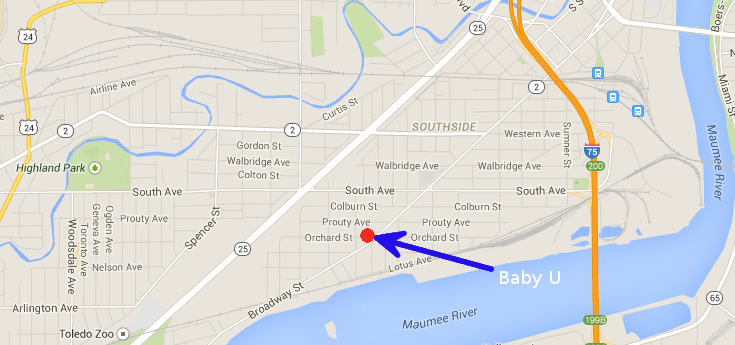Why Neighborhoods Matter

Children from low-income neighborhoods enter Kindergarten 60 percent behind their middle-class counterparts in learning development. 1
As they progress through school, this educational gap increases.
The school dropout rate for children from under-resourced neighborhoods is five-times greater than students who reside in higher-income neighborhoods.
Research shows that children from under-resourced neighborhoods are more likely to experience:
- Substandard housing
- Homelessness
- Inadequate nutrition and food insecurity
- Inadequate child care
- Less access to health care
- Unsafe neighborhoods
- Under-resourced schools
- Domestic violence, abuse, and neglect
- Developmental delays
- Poor academic achievement
- Dropping out of school
- Behavioral problems
- Health problems
Children are more successful in school if they are read to at least 15 minutes a day, disciplined in effective and loving ways, and provided quality health care.
A nurturing relationship between parents and children during the early stages of life helps the development of an area of the brain involved in learning, memory, and stress response, which prepares the children for success in school.
Why do we concentrate our efforts in just one neighborhood?
- We strive to build a support network for parents in their own community.
- The more nurturing families present in a neighborhood, the more likely a neighborhood is to change for the better.
Footnote:
- Jumpstart - jstart.org : America’s Early Education Crisis - “In low-income neighborhoods, children start kindergarten 60% behind their peers from affluent communities. When children start kindergarten behind, they are more likely to stay behind for the rest of their lives, and this gap only widens over time. By adulthood, our nation sees an increase in high school drop out rates, unemployment, incarceration, and countless other remediation programs. Every dollar invested in early childhood education produces a return on investment of 10%. Investing in early education benefits society as a whole: Higher high school graduation rates and academic achievement; Lower rates of crime, teen pregnancy, and public assistance dependency; Higher levels of lifetime workforce productivity.”